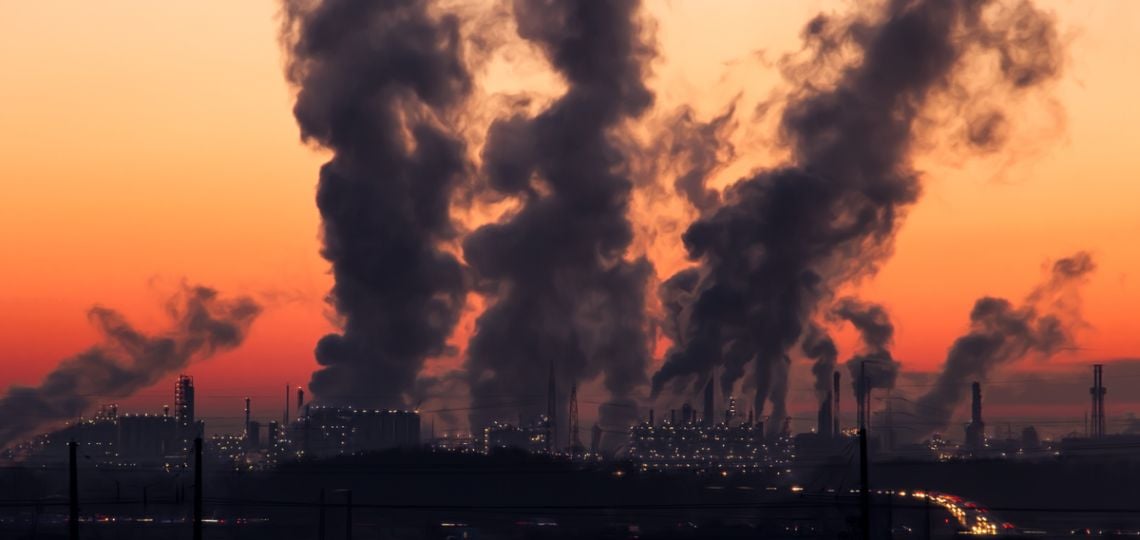Greenhouse gases are crucial contributors to global warming. While carbon dioxide (CO2) remains the most publicized, other gases, less commonly discussed, play a significant role in heat accumulation in the atmosphere. Methane (CH4), nitrous oxide (N2O), and various fluorinated gases each possess specific properties and effects on the climate.
CO2 accounts for roughly two-thirds of the total warming effect caused by greenhouse gases, according to Piers Forster, an expert within the Intergovernmental Panel on Climate Change (IPCC). However, other gases, notably methane, also exert a marked influence on global temperatures, justifying increased attention to better understand and reduce their emissions.
Methane: a short-term lever
Methane is the second most prevalent greenhouse gas, mainly emitted by human activities such as agriculture, fossil fuel extraction, and organic waste management. Approximately 60% of methane emissions are linked to these activities, with the remainder originating from natural sources like wetlands. This gas has a warming potential 84 to 87 times greater than CO2 over a 20-year period, although its atmospheric lifetime is relatively short. This makes methane a strategic target in efforts to curb short-term climate change.
Mathijs Harmsen, a researcher at the Netherlands Environmental Assessment Agency, emphasizes that reducing methane emissions could have a significant cooling effect, as atmospheric levels of methane would quickly decline with reduced natural gas leaks. However, despite global commitments to reduce emissions, including from the United States and the European Union, methane concentrations continue to rise. Current atmospheric methane levels are about 2.6 times higher than pre-industrial levels, according to research from the Global Carbon Project.
Nitrous oxide: the role of nitrogen fertilizers
Nitrous oxide, also known as N2O, is a potent greenhouse gas with a warming potential nearly 300 times greater than CO2 over a 100-year period. Mainly produced by nitrogen-based fertilizers in agriculture, it also originates from chemical industry processes, wastewater treatment, and certain fossil fuel combustion. Nitrogen inputs for crops have increased N2O emissions by 30% over the past four decades.
French researcher Philippe Ciais suggests that better nitrogen fertilizer management could significantly reduce nitrous oxide emissions. Reducing fertilizer use on only 20% of cultivated land in humid subtropical regions could account for two-thirds of the climate mitigation potential related to N2O.
Fluorinated gases: long-term effects
Fluorinated gases, while emitted in smaller quantities, have a particularly powerful impact on the climate. Used in refrigeration systems, air conditioners, heat pumps, and electrical equipment, they include compounds such as hydrofluorocarbons (HFCs) and sulfur hexafluoride (SF6), the latter having a warming effect 24,000 times greater than CO2 over a 100-year period.
International agreements, such as the Montreal Protocol in 1987 and its Kigali amendment in 2016, have helped reduce the use of certain fluorinated gases. The European Union also took steps last year to gradually ban equipment containing HFCs, aiming for the complete elimination of these substances by 2050. These initiatives underscore the global effort to reduce the climate impact of fluorinated gases, even though their effects persist in the atmosphere for extended periods.
As the fight against climate change intensifies, reducing greenhouse gas emissions beyond CO2 has become a priority. The challenge lies in implementing concrete solutions to reduce the impact of methane, nitrous oxide, and fluorinated gases, with the goal of swiftly mitigating global warming.
